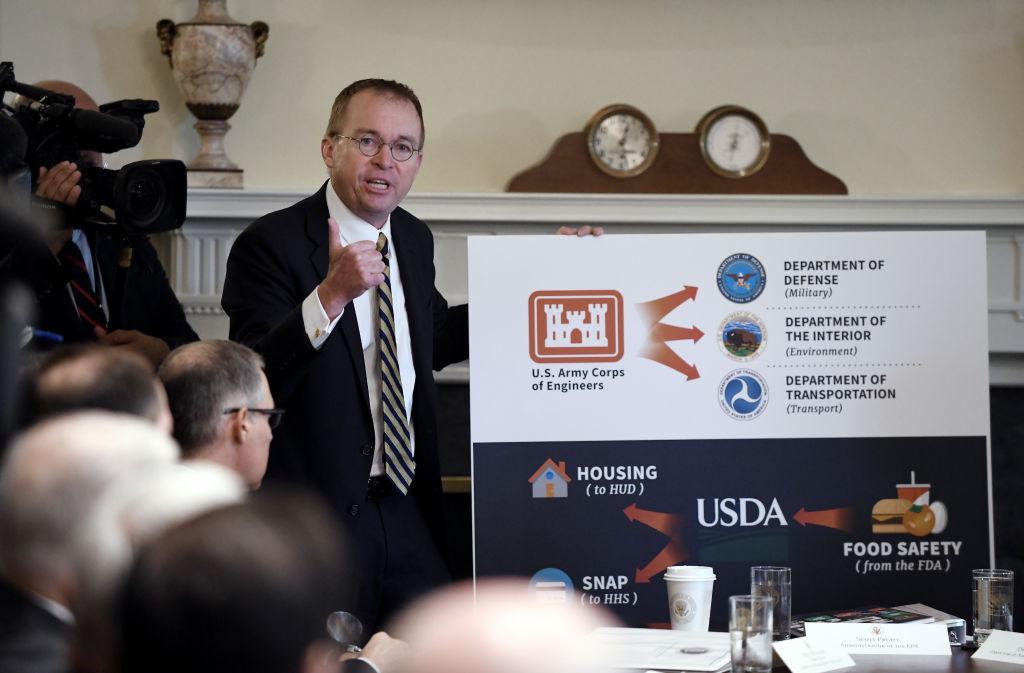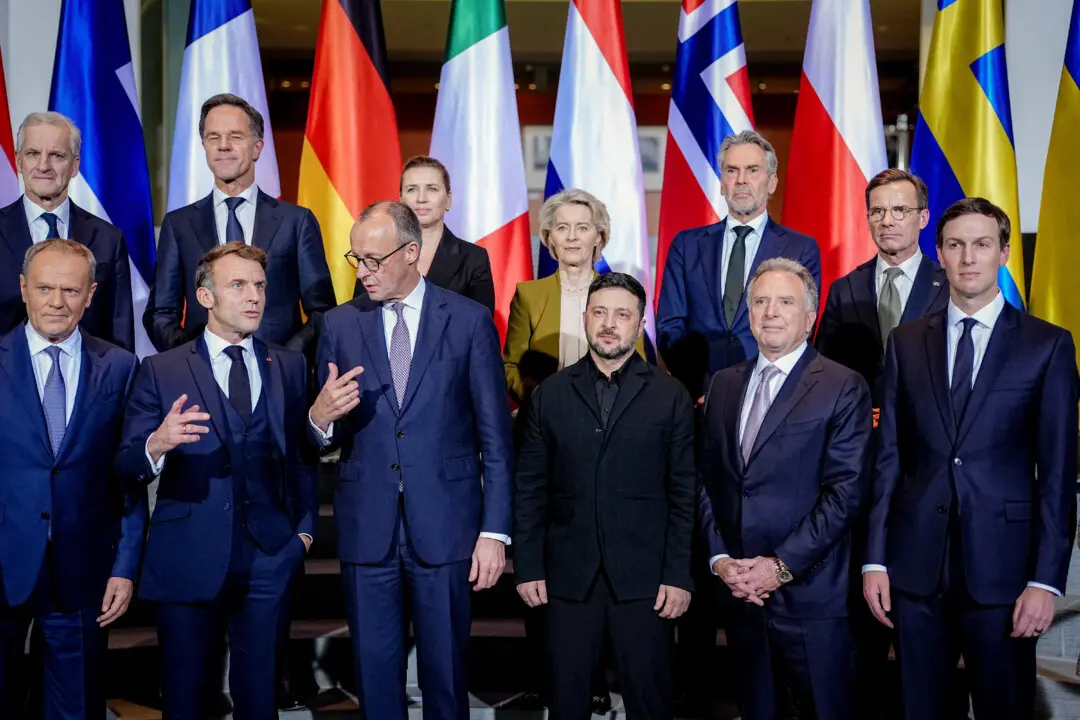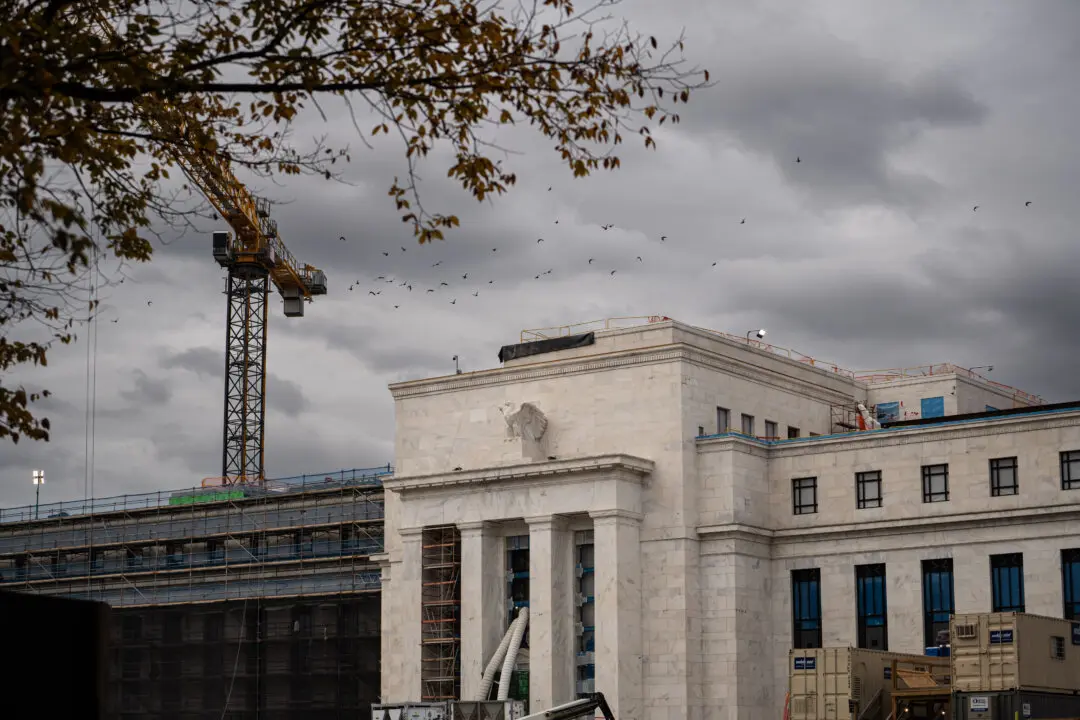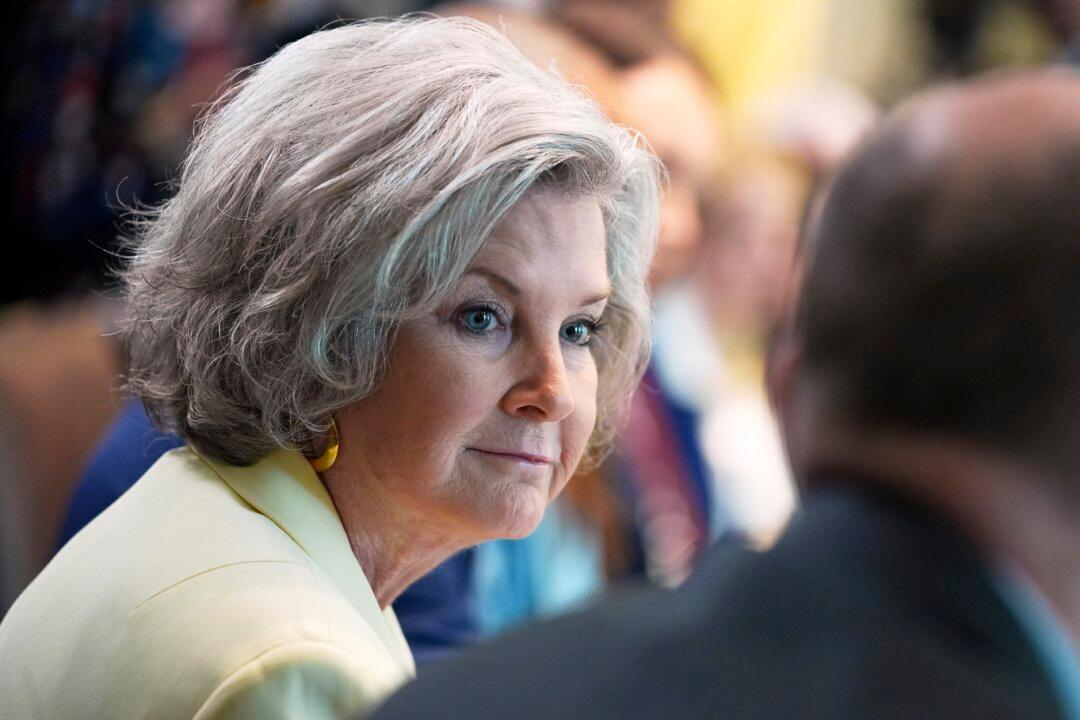WASHINGTON—The Trump administration has unveiled a proposal to reorganize government departments in order to help federal agencies work better. Office of Management and Budget Director Mick Mulvaney has described the plan as the biggest federal government reform since the 1920s.
“It has been almost 100 years since anybody really reorganized the government at this type of scale,” he said on June 21 during a cabinet meeting hosted by President Donald Trump.





